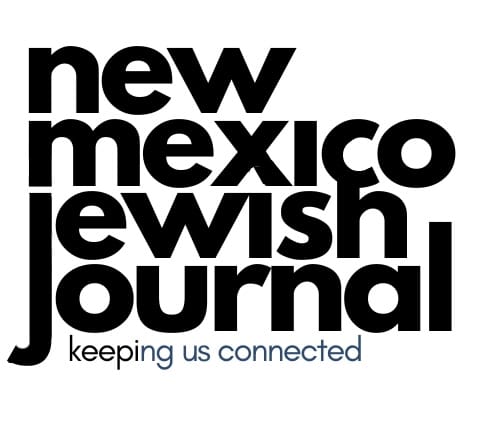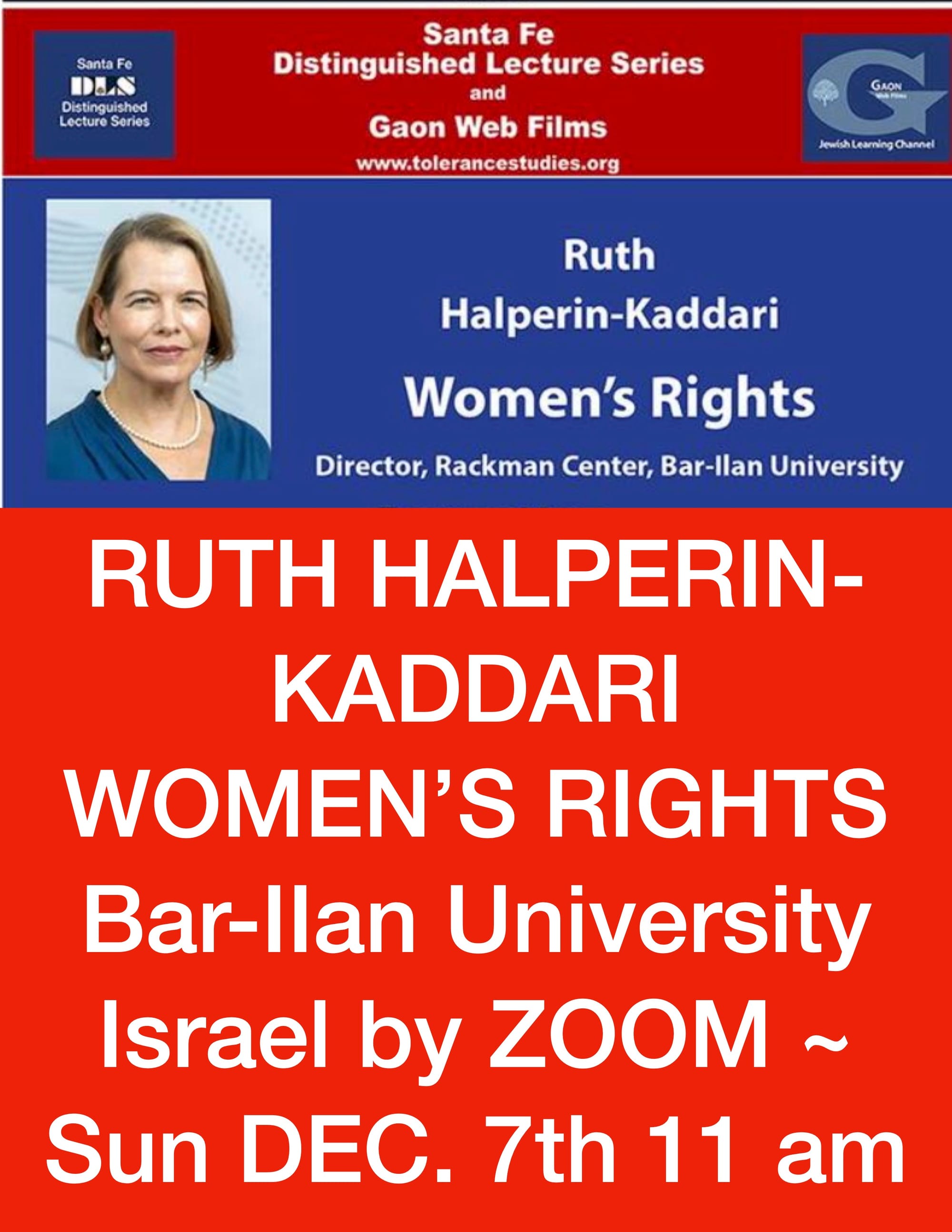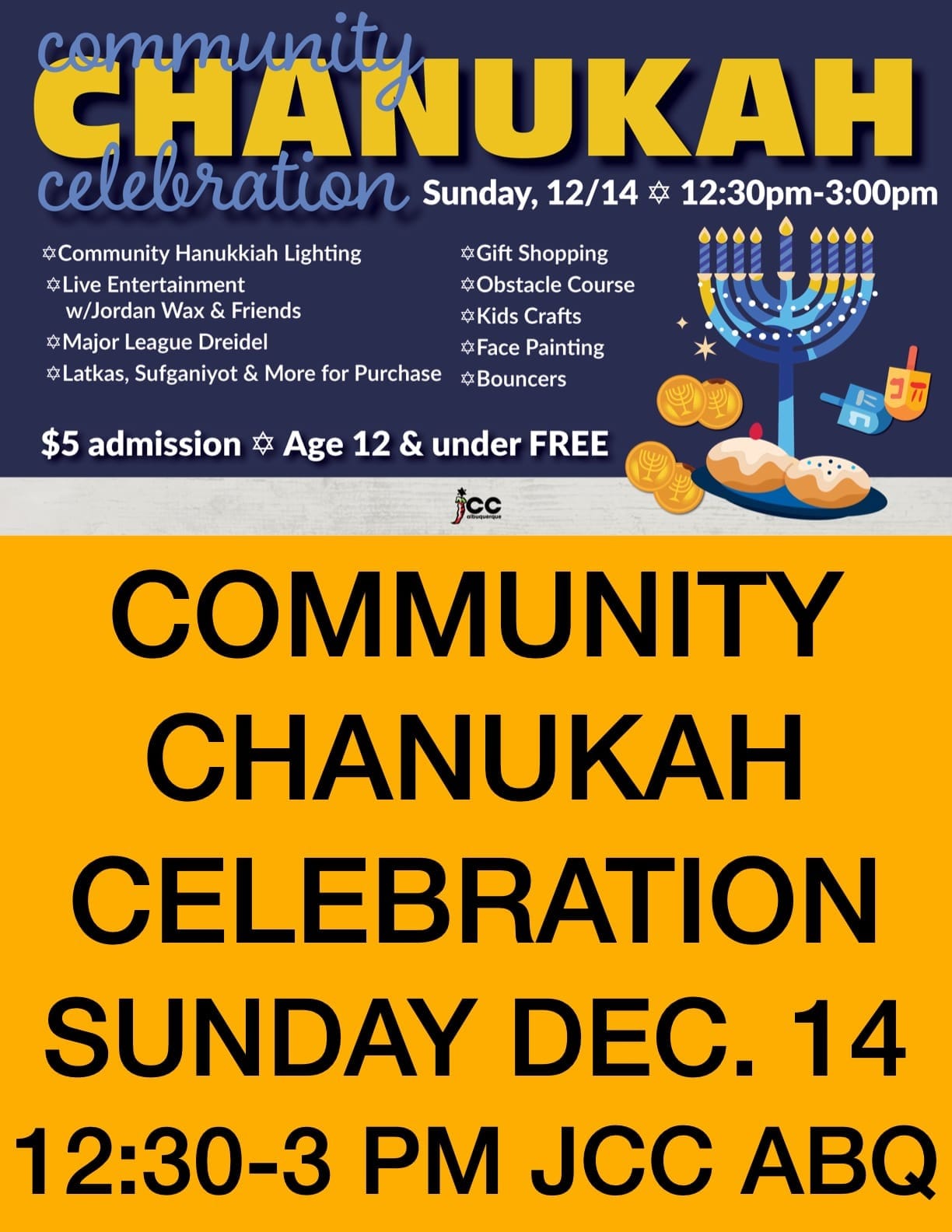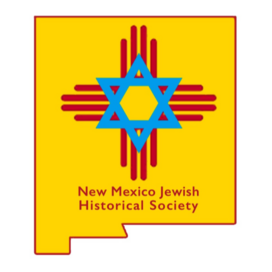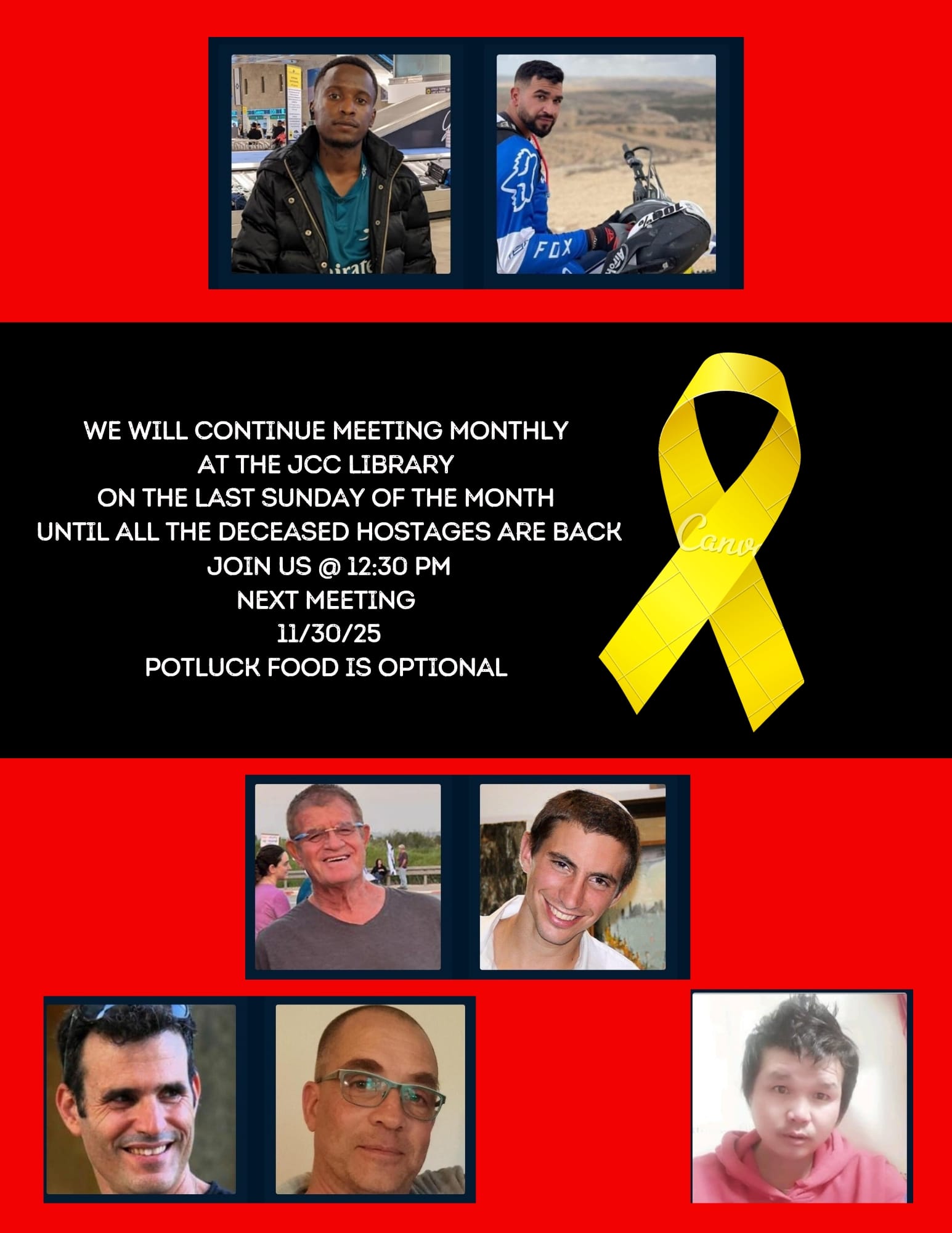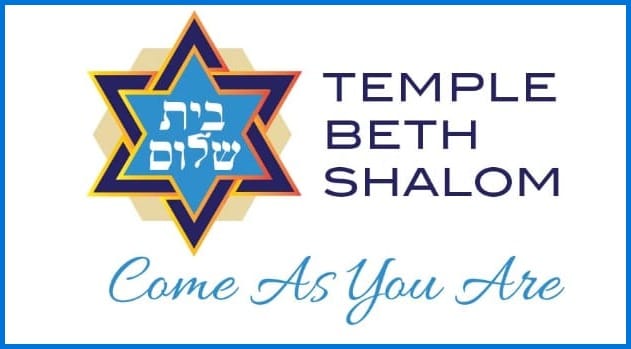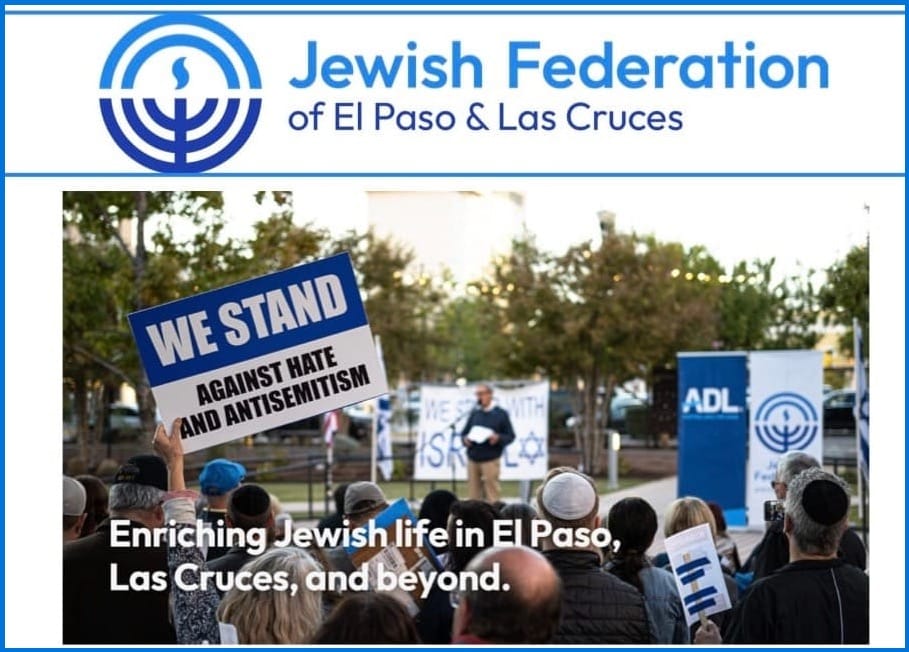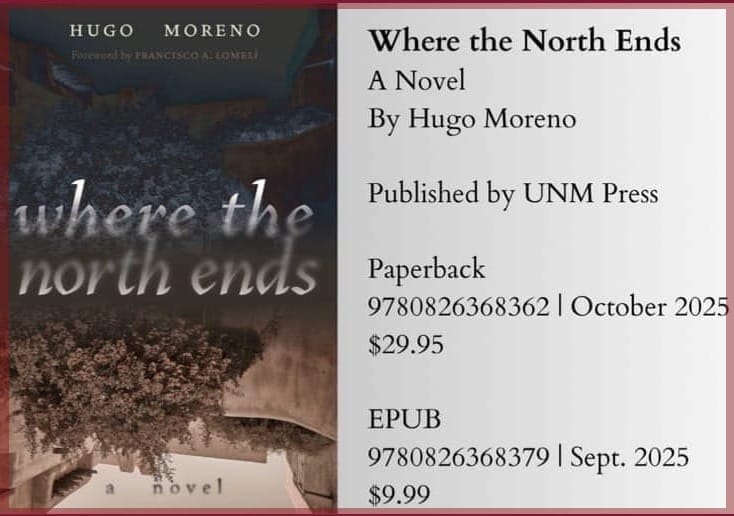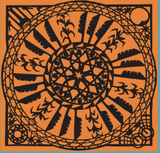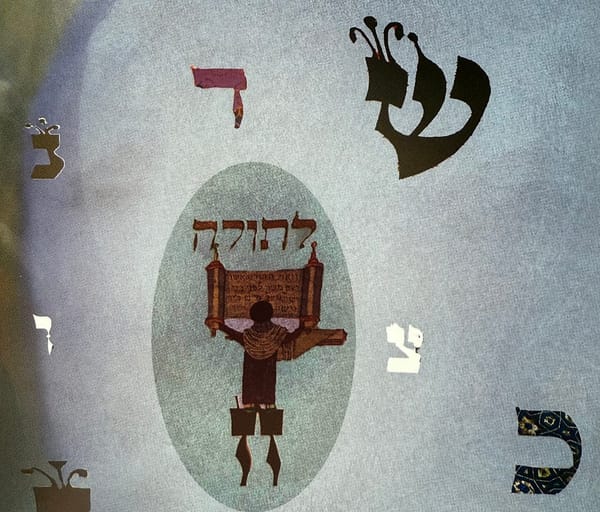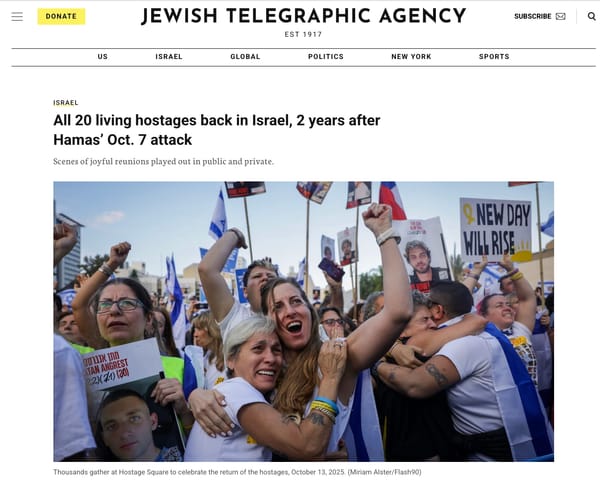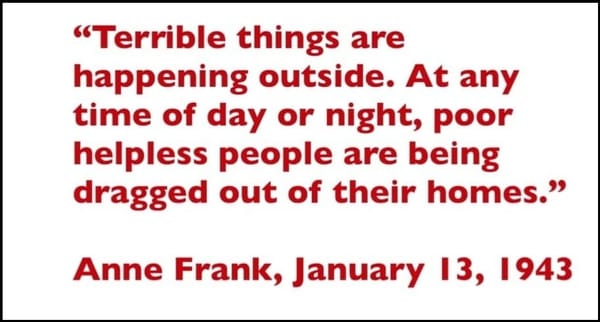A Hidden Jewish Voice from the Spanish Inquisition: Torture in Cartagena
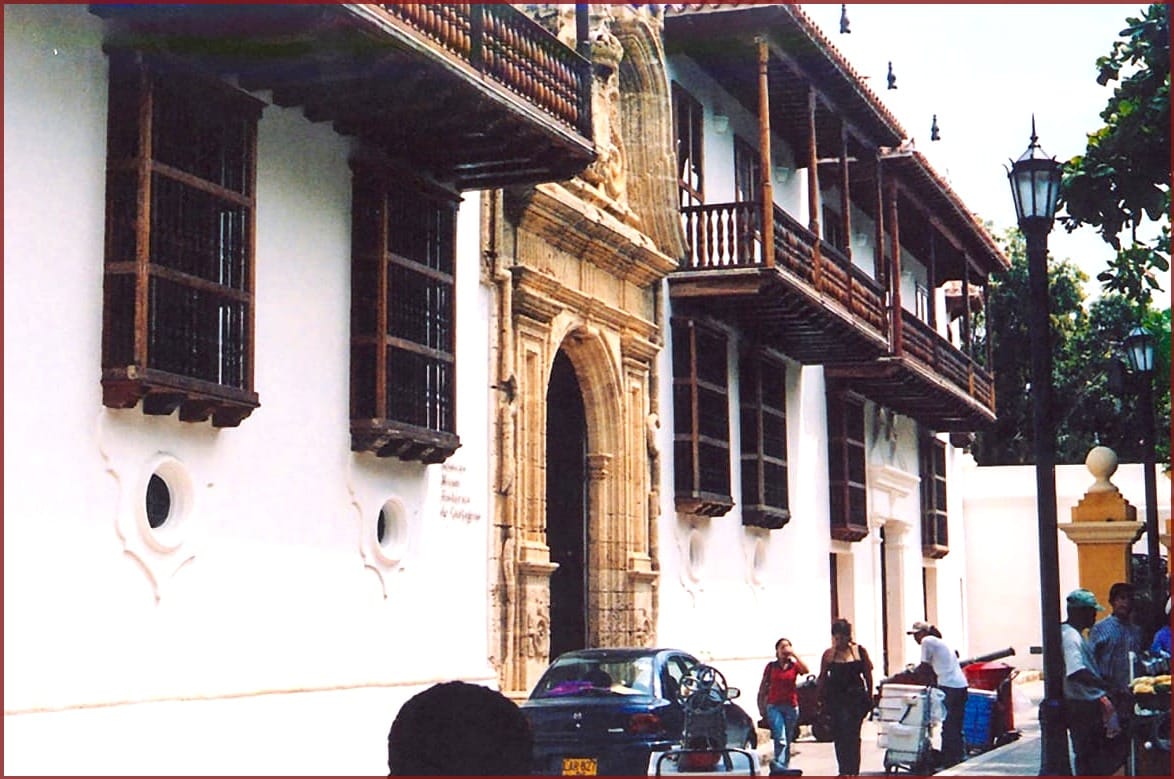
By Ron Duncan Hart
Tens of thousands of voices of hidden Jews are recorded in the archives of the Spanish Inquisition. In their trial records we can see the personal experiences of how different their individual responses were to the threat of Inquisitorial power. A case from the Inquisition in Cartagena, Colombia in 1636-1638 is of particular interest, raising questions about a powerful member of Portuguese Jewish community in that city who denied his Jewishness.
Luis Gomez Barreto was born in Portugal to a Jewish converso family and learned Jewish practices and rituals as a young man. As an adult, he became wealthy in the slave trade and settled in Cartagena where he bought the valuable position of controller of embargoed goods for that port city and became a City Councilman and sometime mayor. He was probably the highest public official ever arrested by the Inquisition for being Jewish in South America. As a wealthy and powerful city leader, he was a patron of Catholic charities, attended mass, and personally knew Inquisitors. He married into a Catholic family, and his wife’s brother was the sacristan in the Cathedral. Publicly, he appeared to be Catholic. Gomez had created what seemed to be a safe identity as a political leader in that Catholic only city.
Then, he was identified as a leader of the Portuguese Jewish community in the city, who had continued his Jewish life in secret. Apparently, he even kept it from his wife. In 1636 Gomez Barreto was named independently by a half dozen Portuguese Jewish colleagues who had been previously arrested and were forced under torture or the threat of torture to give the names of other Jews. They identified him as leader of the hidden Portuguese group who held secret meetings and led discussions about how to observe the Law of Moses from not eating pork to fasting and observing Shabbat and other Jewish holidays. He was accused later by others of spitting on images of Catholic saints and showing lack of respect to the Catholic religion.
During his trial and torture, he would deny being Jewish and insisted on his Christian and Catholic identity despite the testimony against him. His denials were rejected and the accusations against him were accepted by the Inquisitors as the truth, and they ordered torture on the rack to force him to admit that truth. As a sixty-seven-year-old man of wealth and power in the community, the first humiliation was being stripped nude before the Inquisition Tribunal, which was required before being tortured on the rack.
The following is the transcript of his questioning under torture on October 16, 1637 as recorded by the Inquisition scribe. I have translated the original text to English.
“The order was given to take Luis Gomez Barreto to the torture chamber where the Inquisitors and the Judge went with the prisoner at 8:15 in the morning. Once in the chamber the prisoner was admonished to tell the truth so that he would not be made take off his clothes.
He answered that he had told the truth and that God knows it, and that he did not have anything else to say.
The Inquisitors and Judge ordered the ministers of justice to take off his clothes, and he was again admonished to tell the truth, or he would be put on the rack with his genitals and feet and feet bound in the normal way.
He answered that he was a Christian and Catholic, and that he did not have anything else to say and that God knew the truth.
With that he was ordered to be put on the rack and his feet and genitals bound with a noose in the normal way. He was admonished to tell the truth, or they would bind his arms together.
He answered that he was a Christian and he had not offended God or his Catholic faith.
He was ordered to bind his arms, and that done, he was admonished to tell the truth or they would begin the torture, beginning to stretch him with the first turn.
He answered that he had told the truth from the beginning, and that God knows that he does not have anything else to say.
The order was given to begin the torture, but before it began they admonished him for the love of God tell the truth; they did not want to go to such trouble, but he should tell the truth and unload his conscious.
He answered that he had told the truth, and that he did not have anything else to say.
The first turn was ordered, and it began at 8:30 in the morning according to the hourglass, and with the first turn he began to cry out,
“Have pity on this Christian, aye, aye, aye, aye, aye, aye. I have said the truth; have pity on me because I have said the truth. My God help me, rescue me, protect me My God, I am dying, I am dying. I have said the truth God of mercy. Protect me. Aye, I am dying My Father of the Company of Jesus. Say a Padre Nostra prayer and an Ave Maria for my soul. Jesus defend me that I have said the truth, now I do not have strength. Aye my Father put me under the protection of our dear Virgin.”
(Gomez’s pleading for help and affirming that he had told the truth continued for more than a page of text.)
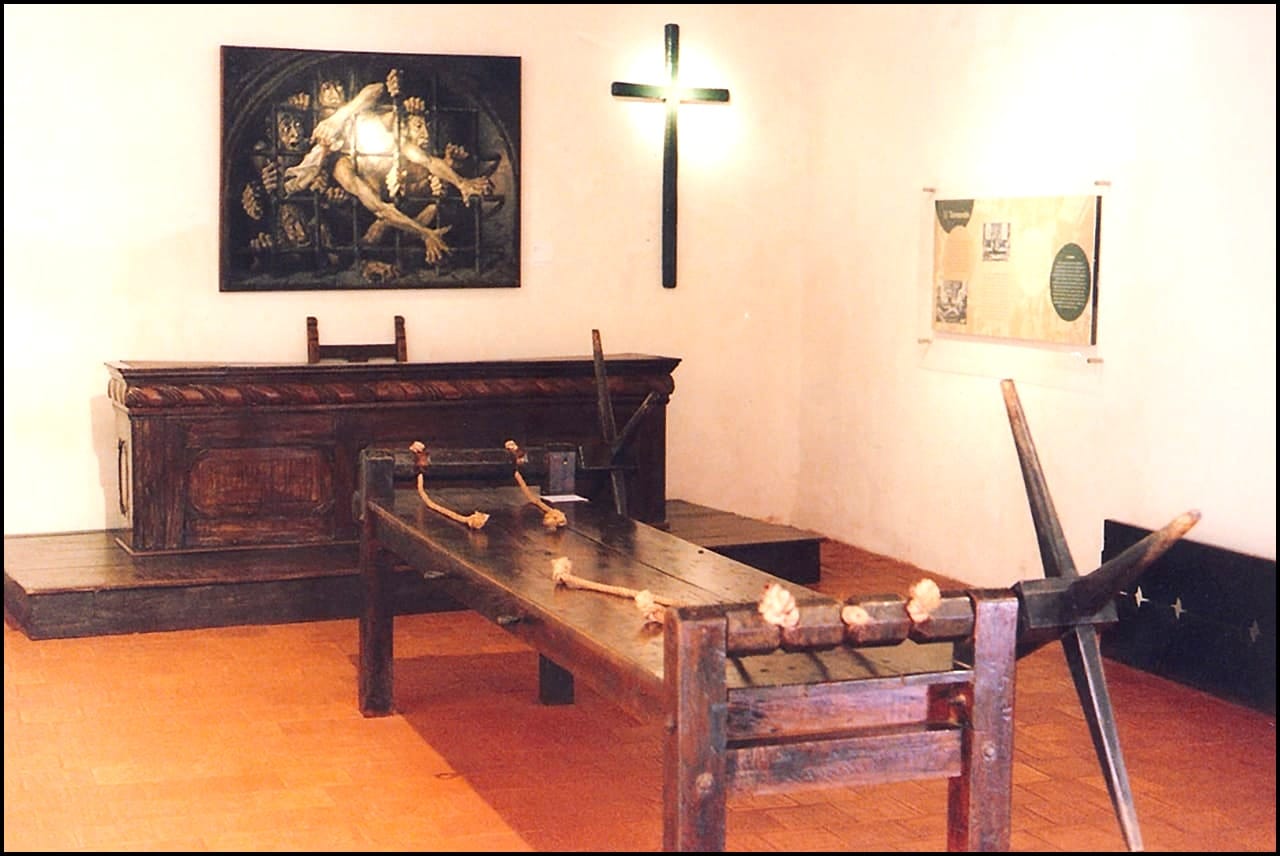
And beginning the second turn he screamed,
“Aye, aye, aye, aye, aye, aye. I have said the truth. I have said the truth. Jesus, come to my aid with your saintly mercy. Aye, aye, aye, aye, aye, aye, aye, aye, aye, aye, aye, aye, aye, aye, aye, aye, aye, aye, aye, aye, aye, aye, aye, aye, aye. Gentlemen, aye my gentlemen, oh my God of mercy, Jesus of mercy. I have told the truth…”
(The scribe continued writing the aye, aye, aye screams of Gomez for more than a page and given the subsequent entries, it seems that the Judge and Inquisitors might have been conferring in the meantime about how to continue.)
At that point the spokesman said to Juan Ramos Perez that it seemed that the prisoner had a broken arm. That being said the Inquisitor Cortazar said that they should continue with the torture to continue pulling him and the prisoner called out, “Aye, aye, aye, aye, aye, aye, aye, aye, aye, aye. The Judge, Father Sebastian de Murillo, said that with his arm broken they could not continue because he was an old man. That said, the Inquisitor Cortazar gave the order to continue and to give a third turn on the rack. That done, the prisoner was calling out,
“Jesus be with me, aye, Jesus have mercy on my soul. Aye, aye, aye, aye, aye. Jesus be with me. I am a Christian, I am a Christian. I am, I am Christian. Aye, aye, aye. Oh, Jesus of mercy, aye, my blood is gushing out. I have said the truth…
(Gomez continued calling out “Aye, aye, aye” for another page of text. The third turn had been given on the rack, and the page of aye, ayes might again represent a time of consultation.)
The said Inquisitors and the Judge said to suspend the torture for the time being, and they stopped the said torture, and they ordered to remove the prisoner from the rack protesting that he had not been sufficiently tortured because if he had not told the truth. They reserved the right to continue the torture at their will. With that the prisoner was removed from the rack where he had been for one hour and fifteen minutes timed by the hourglass. At that point Marcos Gutierez, the Inquisition medical doctor, came into the torture chamber and examined the arms of the prisoner in my presence and the presence of the Inquisitor, Dr. Velasquez de Contreras and of Judge Father Sebastian de Murillo. The said medical doctor said that both bones of the right arm of the said Luis Gomez Barreto were broken near the elbow, but the left arm was not broken. With that the Inquisitor Dr. Velasquez and the Father Judge Sebastian de Murillo ordered the doctor to treat the said Luis Gomez Barreto. This ended at more or less 9:45 in the morning, somewhat before noon.
Gomez was one of the rare cases of a person who did not confess under torture to their Jewishness even though his Jewish background was extensively documented. His relationship with Father Sebastian de Murillo, who was judge in his trial was interesting. Father Murillo was head of the Jesuit Order in Cartagena, and Gomez had been a donor to support his Order. Before the first turn on the wheel of the rack, someone on the Tribunal asked him to confess, saying they did not want to submit him to torture. After the first turn of the wheel, Gomez called out to Father Murillo, saying that he was dying and asking the priest to say a Padre Nostra prayer and an Ave Maria for his soul. Later, after the second turn of the wheel when it was apparent that Gomez had a broken arm, Father Murillo argued that they should stop the torture because Gomez was an old man and had a broken arm. The Inquisitor, the Dominican priest Cortazar, overruled him and ordered the torture to continue.
Most prisoners arrested for Judaizing did deny it at the first hearing, but usually under torture, they would break and admit their Jewish practices and name others when forced to do so. Did Gomez continue insisting that he was a Christian thinking that he might withstand all this and retain his position in society? Did he continue denying his Jewishness out of concern for his wife and family who did not know because it would be a humiliation for them on that Catholic world? Did he deny the accusations hoping that would give cover to the Inquisitors to dismiss his case? The ultimate question that has to be asked is whether he believed he was a Christian. Had he created a hybrid identity for himself as a Christian who preserved his Jewish practices? Why did an alleged leader of the Portuguese Jewish community deny his Jewishness even when the voices of other prominent Jews described his Jewish practice and affiliations in detail?
Each trial transcript in the Inquisition leaves us with questions about the prisoner and their particular motivations and reactions to being arrested and locked for months at a time in secret Inquisition jail cells, subject to the uncontrolled power of the Inquisition and not knowing if they would live or die. Some people had extreme mental health crises, and some died in jail under the stress and torture before being convicted or sentenced.
With one arm broken and the other severely damaged, Gomez was unable to feed himself or attend to his bodily functions. His wife had been bribing the warden of the Inquisition jail to get better treatment for her husband, and now in a highly irregular procedure the case against him was summarily dismissed during a follow up hearing four months later in February 1638. The abrupt dismissal of his case with so many independent witnesses testifying to his Jewish practices was unprecedented and suspicious. It was such a unique event that the question of bribery or the influence of his powerful friends was inevitable.
When his case was reviewed by the Council of the Holy Office of the Inquisition in Spain, the decision by the Tribunal in Cartagena was overturned as invalid because it ignored the testimony of multiple witnesses about his Jewish practices. Gomez was re-arrested, re-indicted, and re-tried. After additional years in jail during his second trial, Gomez was 82 years old in 1652 when he was convicted of Judaizing and sentenced to publicly wearing the Inquisition’s cape of shame, called the sanbenito, confiscation of his wealth, two years in jail, and expulsion from the Americas. After his sixteen-year ordeal with the Spanish Inquisition, this once powerful and wealthy leader of the city was a broken man, exiled, physically disabled, and in poverty because he was a Jew.
An abbreviated version of this article was presented to the University of Cambridge/University to Tubingen symposium on “Religious Knowledge in the Early Modern World” on September 15, 2025.
Ron Duncan Hart, founder and Executive Director of the Institute for Tolerance Studies in Santa Fe, is a cultural anthropologist and former Dean of Academic Affairs. He has awards from the National Endowment for Humanities, the National Science Foundation, Ford Foundation, and Fulbright among others.
Read Hart's multi-award-winning series on Jews and Christian Nationalism in the New Mexico Jewish Journal: “Prophetically terrifying and a great history of the Evangelical takeover of the government leading us to a U.S. theocracy,” commented one judge about
Jews and Christian Nationalism about his new book Evangelicals and MAGA. Rockower Award, American Jewish Press Association, Antisemitism, 2024.
Netanyahu, Evangelicals and Israel 2025
Jews and the Crisis of the Religious Right in America Society of Professional Journalists, Religion News 2024; NM Press Women, Government/Politics, 2024.
Cambridge, Where Eramus Once Tread 2025
Jews, Hate Speech, and the Incitement to Violence Society of Professional Journalists, Religion Features, 2024.
Read about Hart's most recent award-winning book here: Evangelicals and MAGA: The Politics of Grievance a Half Century in the Making.
Community Supporters of the NM Jewish Journal include:
Jewish Community Foundation of New Mexico
Congregation Albert
Jewish Community Center of Greater Albuquerque
The Institute for Tolerance Studies
Jewish Federation of El Paso and Las Cruces
Temple Beth Shalom
Congregation B'nai Israel
Shabbat with Friends: Recapturing Together the Joy of Shabbat
New Mexico Jewish Historical Society
Where the North Ends, A Novel by Hugo Moreno
Policy Statement Acceptance of advertisements does not constitute an endorsement of the advertisers’ products, services or opinions. Likewise, while an advertiser or community supporter's ad may indicate their support for the publication's mission, that does not constitute their endorsement of the publication's content.
Copyright © 2025 New Mexico Jewish Journal LLC. All rights reserved.
